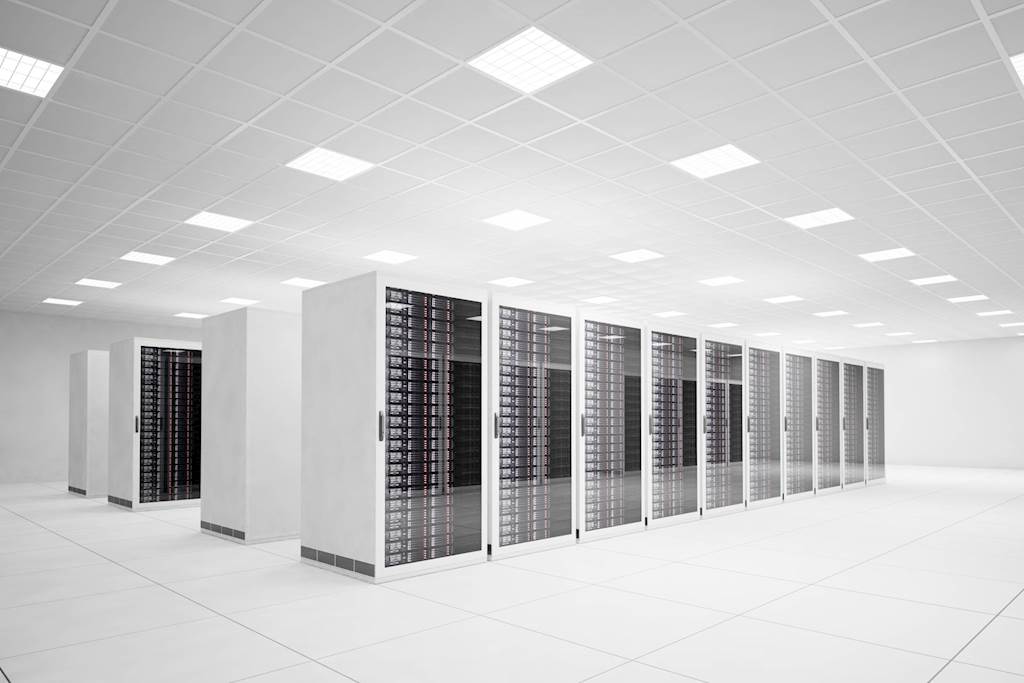Every company needs a secure and reliable server that means the needs and demands of daily business can be met. Being able to access adequate storage and process data and applications at high speeds ensure that work runs smoothly and you can access everything as and when you need to.
On top of this, a server needs to be cost-effective, offering an affordable solution that doesn't come at the expense of security and function. In many cases, a server must also comply with specific regulations, which must be taken into account when selecting the best possible option.
While previously, physical servers were largely thought to be the most secure, the advancement of cloud computing has meant that businesses are looking for alternative solutions. This means that companies need to weigh up which option works best for them, assessing the pros and cons of physical and virtual. Here are some of the advantages and disadvantages of both options.
Pros and cons of physical servers
One of the biggest benefits of physical servers - or dedicated servers - is that they provide complete access to dedicated server resources, meaning you won't experience slow processing at peak times. As Tech Wire News points out, this is ideal for businesses that deal with a large amount of traffic, as the dedicated hosting is entirely reliable and efficient.
There are also no outside interruptions, with the server belonging to the company. This allows you to assign resource to specific tasks in order to meet demand, ensuring everything runs much smoother. Not only is this ideal for keeping websites fast and up-to-date, even internal communications can be quicker.
However, physical servers can take up a lot of room, especially if you require a powerful one. They need to be housed either on-site, which can take up prime real estate, or at a data center. Not only does this mean that you need to maintain the area they are housed in, it is also the company's responsibility to perform any repairs or servicing, which can cause issues if something goes wrong.
When you factor in the costs of administration, management, processes and the actual server itself, physical servers come with a very high price tag. Running and maintaining physical servers adds to monthly company outgoings, especially if more servers are needed over time.
Pros and cons of virtual servers
A virtual server differs from dedicated servers in that multiple servers can be added to one device. This can mean that you don't need to have the physical equipment on-site, as your virtual server can be located in a data center, allowing you to access it through cloud computing.
Ultimately, as TechGenix explains, multiple operating systems (OS) can be run at the same time, making efficient use of the physical equipment and meaning you don't need to run different ones for each OS. One of the biggest benefits of this is the lower cost, as the running of the virtual servers is a lot cheaper, which is ideal for both SMEs and larger firms.
However, the upfront cost can be a lot higher if you are purchasing servers that allow for virtualization rather than making use of a data center, which means the costs can take longer to recoup. When you also factor in the cost of IT department training on how to set up and run a virtual server, it can look like an expensive investment at the start.
One aspect of virtual servers that is incredibly useful to companies is the fact that many operations can be automated. This allows your IT department to make use of the automation available to create more regulated actions, saving workers’ time. It can also ensure that repairs are much easier, as any interruption in automated actions due to a fault will be flagged up.
Perhaps the biggest benefit of virtual servers is the fact that backup and recovery is much easier than with physical servers. If one server happens to fail, it is able to move to another machine. On top of this, the virtualization software that's used means that there is a better chance that recovery will be quick and easy, particularly compared to physical servers. This ensures that valuable data is better protected and that the company is able to get back online much quicker.
While the process of switching from a dedicated physical server to a virtual one can be time-consuming, with IT departments needing to be trained in the best ways of making use of the new environment, once it is fully set up, there are a lot of benefits to virtual servers.
Physical vs virtual: which is best for you?
Deciding between a physical and virtual server is an important decision, but there's no one-size-fits-all answer. The choice of which of these options is best for you will depend on numerous factors, and what works for one organization won't necessarily be appropriate for another.
The key question will be how you expect to use the platform. For instance, if your requirements are likely to be fairly consistent, with a predictable resource load, physical servers are likely to be the best option. This allows IT managers to clearly plan out exactly what they need and provision the correct amount of resources without worrying about issues such as scalability.
On the other hand, virtual servers are likely to offer greater benefits to businesses where flexibility is a higher priority, as well as those where businesses expect to handle a large number of users or services and where many frequent changes will be required. For example, web servers are often better-suited to virtualization.
Companies should also consider the potential costs of each service. For instance, physical servers are less cost-effective if enterprises expect they’ll be unable to utilize 100% of the resources of the physical hardware, while there are also ongoing management expenses to take into account. Virtual servers, meanwhile, may be cheaper in the long run, but they can be expensive and time-consuming to set up.

A third option: containers
However, for many businesses, the decision is not quite as simple as choosing between a physical or virtual server environment, as there are other options available. Perhaps the most relevant solution is containers, which offer a number of benefits for certain scenarios.
This is sometimes considered as a subset of virtualized environments, but there are several important differences. Whereas a virtual machine (VM) consists of a complete computing system hosted remotely, multiple containers are virtualized at the operating system (OS) level.
This means multiple containers can be managed using a single operating system, as opposed to VMs, which each need their own. As a result, containers are much more lightweight - because they share the OS kernel, they're able to start much faster, while only using a fraction of the memory resources needed for a VM.
Other benefits of using containers include lower costs, partly as a result of this lower resource consumption, greater flexibility and the ability to create completely isolated environments within a system.
Containers are therefore particularly well-suited to applications where businesses need to sandbox environments or get an application up and running quickly. While VMs may still be better-equipped for large-scale deployments, containers are a flexible, scalable alternative for microservices platforms that demand high agility.
Access the latest business knowledge in IT
Get Access





Comments
Join the conversation...